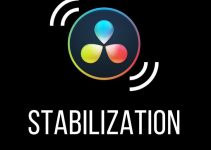The basic premise that more gear doesn’t make you a better filmmaker is missing the practical points of rigging out your camera.
While there is some truth to the matter that rigging out a camera doesn’t change how the sensor performs, that’s really not the point, and one filmmaker believes that remembering why you need to rig the camera will keep you ahead of the game.
Whether you rely on a fully-rigged camera array or like to run it and gun it with just a lens and camera body, there are a lot of myths out there that one filmmaker thinks need “busting.” As such, he’s offered a few myths about how rigging your camera is more for looks than giving the filmmaker better footage.
Myth #1: Rigging can’t give the filmmaker better footage.
Smith doesn’t think that rigging up your camera gives you better footage in and of itself, but what it can do is provide a little more weight to the camera, thereby counterbalancing any camera movement. A more stable camera means sharper footage, and that’s better when going handheld.
Myth #2: Adding an ND filter doesn’t give you a better image.
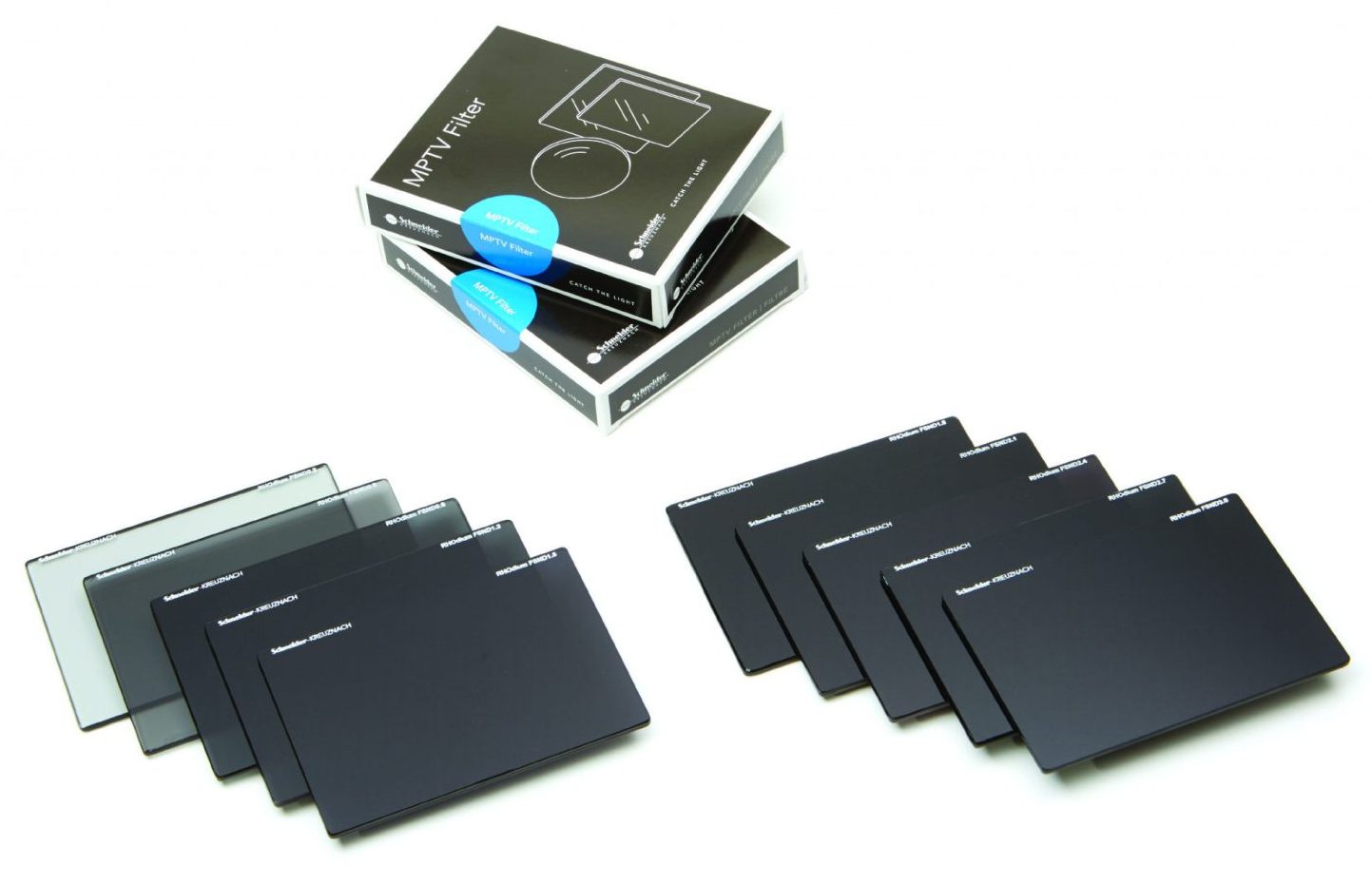
Image Credit: Schneider
Smith says that a lot of modern cinema cameras have ND filters built in. Meanwhile, mirrorless and DSLRs don’t.
Some filmmakers continue to shoot without ND filters and end up with an overexposed image, or an image that loses a lot of the creamy bokeh that the filmmaker went to some effort to achieve with a faster, and more expensive, prime lens.
Just adding a simple ND filter will stop down the image just enough, to get that bokeh and depth of field in the image. It also keeps the movement of the subject smoother and more natural to the human eye.
Myth #3: Matte Boxes are just for looks
The common myth out there is that a matte box looks cooler than it performs. The myth goes that it makes the filmmaker look more professional and doesn’t really do much.
But the matte box has an important function: users can apply larger filters, and cut down on unwanted lens flares. Being JJ Abrams may great when you want them, but having unwanted flare can ruin the image. A matte box guards against that.
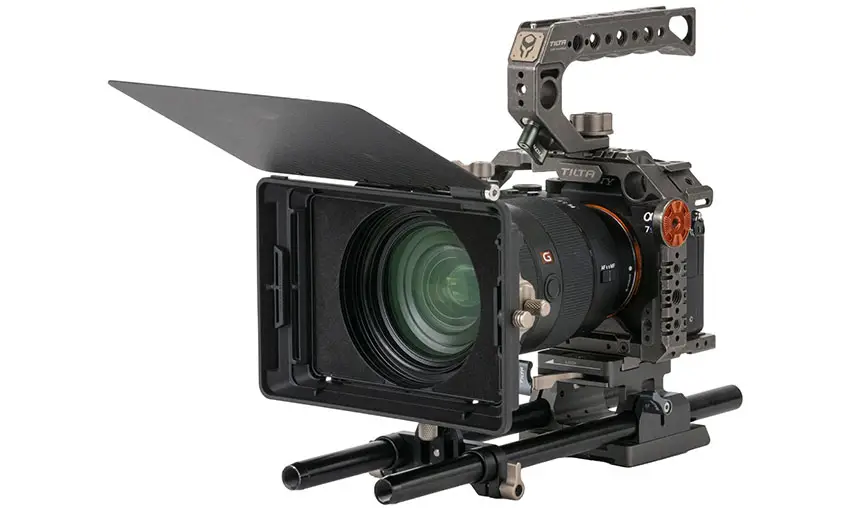
Image Credit: TILTA
Myth #4: Top handles aren’t worth the money.
The myth is that top handles don’t really help with the camera performance. While that may be true, Smith says it can provide a safe way to pick up your camera and offers a safe point of contact for handheld work.
That translates to a more steady hold, especially when running with the camera, and that makes for a smoother shot. But even if it’s just to pick up your camera, it provides a secure hold, and that’s important when you’ve invested thousands in camera gear.
Myth #5: On-camera Monitors just add weight.
Smith says that this myth is built around the notion that the onboard LCD screen is good enough. Smith doesn’t think so. The importance of a good-sized monitor in the 5” range, is that the filmmaker can make sure the subject is properly framed and in focus.
A filmmaker can only do so much with a 2-3” LCD, especially in bright lighting conditions. An attachable monitor not only lets the filmmaker see a lot more, but it can have a hood that can block out that ambient light. The external monitor also has onboard focusing and color tools to make sure the image and exposure are right where it needs to be.
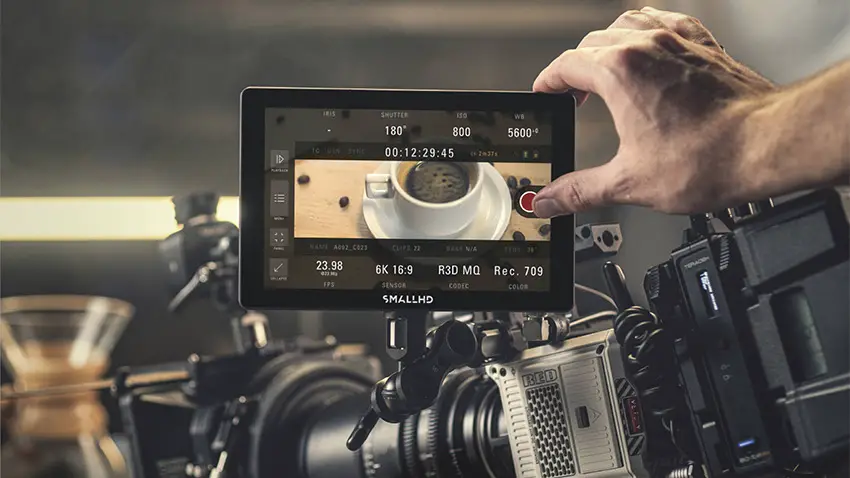
Image Credit: SmallHD
Myth #5: A camera cage really isn’t necessary.
Smith says that the main benefit of a camera cage is that it enables the filmmaker to mount more because of additional attachment points. It honestly doesn’t improve the footage, granted, but it allows for a lot more tools and that translates to a better workflow.
A camera cage also protects the camera in the event it gets hit or dropped.
Myth #6 – Recording externally just adds money to the budget.
Smith says the biggest advantage of recording externally is that you can capture in ProRes without compression, and for a longer time period.
He also says it means not swapping out cards several times a day when they run out of space, causing delays on set. It’ll give you the best possible video quality, and if it’s an external monitor recorder, it’s doing double duty as a monitor.
Myth #7 – Follow Focus doesn’t improve footage.
This one is easy to bust, according to Smith. Manually focusing a lens can translate camera shake into the image as the camera will move slightly as the image is being focused.
By using a follow focus system, the movement becomes more subtle as it gets redirected, and as such, the focus becomes more smooth, especially when pulling focus during the shot.
There is one myth, however, that Smith agrees with. And that is that a wireless transmitter really isn’t needed. It doesn’t add to the workflow, and it doesn’t improve the footage.
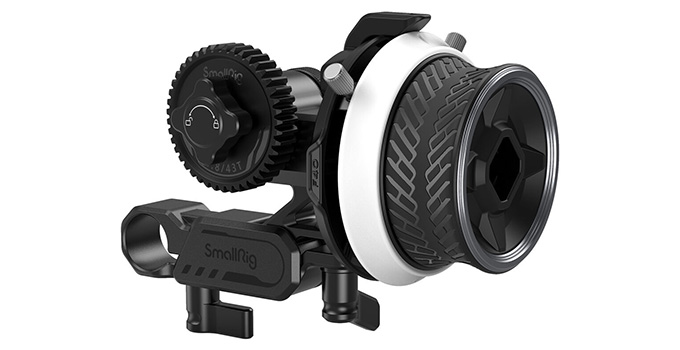
Image Credit: SmallRig
But it can be helpful if your camera assistant is pulling focus remotely, or if you need to rig up an off-camera monitor for a client. That can be helpful. But nine times out of ten, it’s not a deal-breaker for having on set.
There are other myths to be sure. But these are the main reason why rigging your camera can make your set life a lot easier. The bottom line is, just to make sure you have a need for adding rigging to your overall setup. The last thing you want is to be bogged down by the gear you use. But if the rig has a purpose, then it’s useful. Otherwise, don’t put it on.
It really is that simple.
[source: Chadwin Smith]
Disclaimer: As an Amazon Associate partner and participant in B&H and Adorama Affiliate programmes, we earn a small comission from each purchase made through the affiliate links listed above at no additional cost to you.
Claim your copy of DAVINCI RESOLVE - SIMPLIFIED COURSE with 50% off! Get Instant Access!



